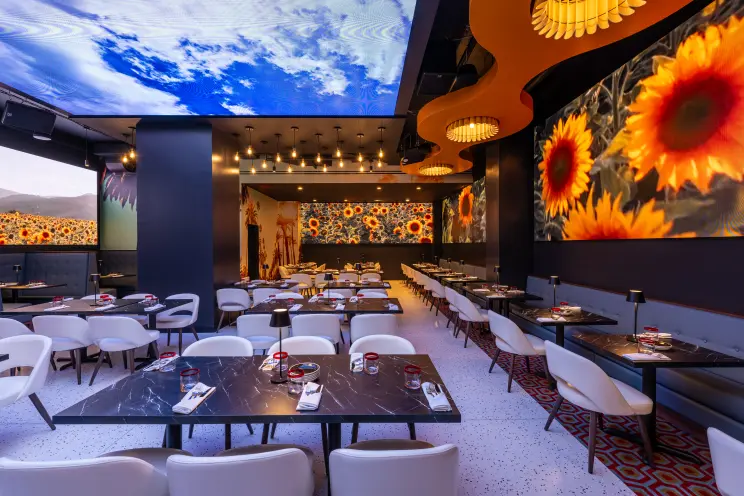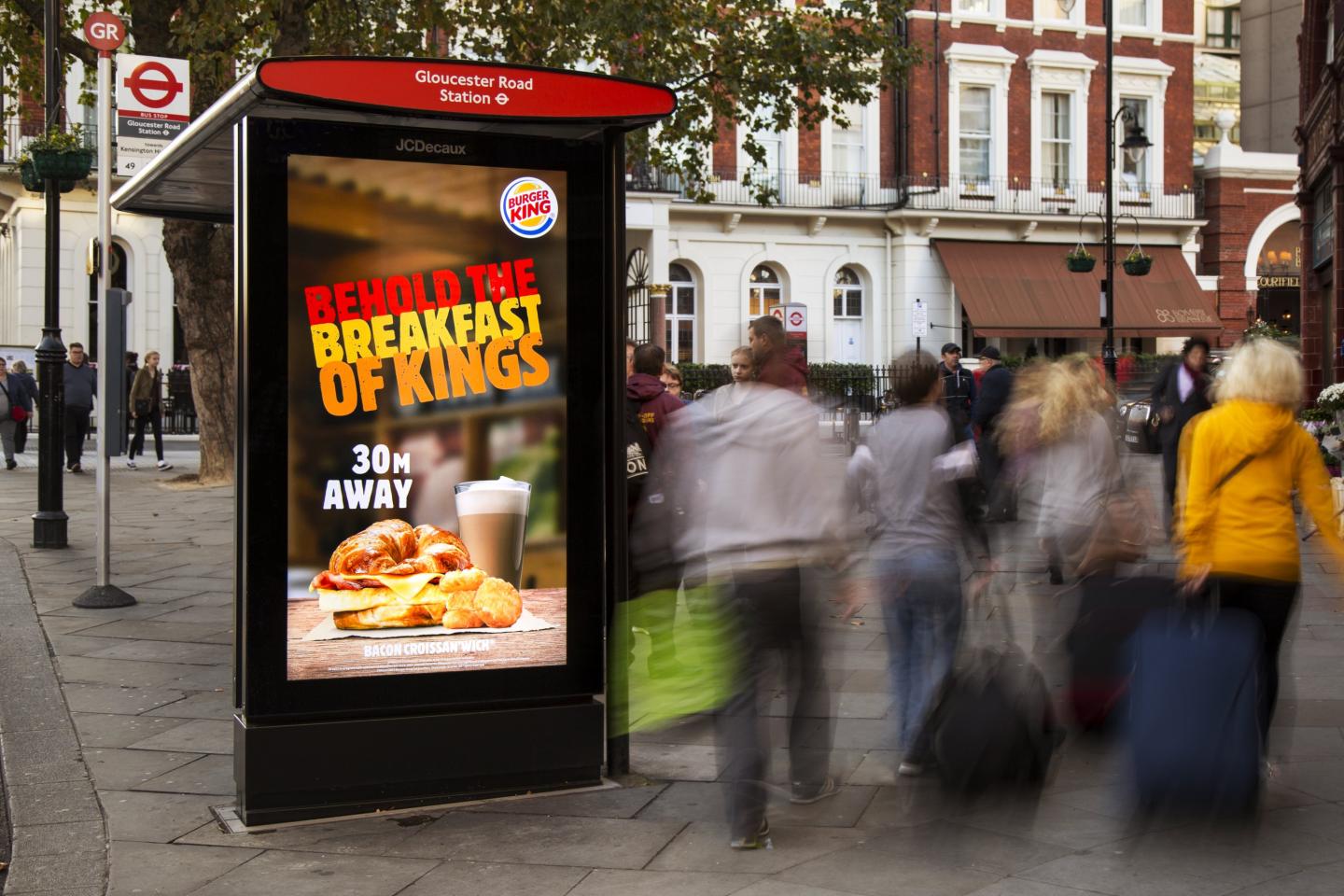

Out-of-home (OOH) advertising stands out not just as a beacon on the roadside but as a profound connector in the tapestry of community life. This medium, often dubbed the ‘unsung hero of brand-building’ by industry leaders like goldenfleecemarketing.com, plays a pivotal role in fostering local engagement and deepening customer relationships.
The unique advantage of OOH advertising lies in its inherent ability to mesh seamlessly into the local scenery, thus striking a chord with the community ethos. According to the Solomon Partners 2023 Benchmark Report, OOH excels in capturing attention more effectively than TV, radio, or online ads. In a world inching towards normalcy post-pandemic, people are not just seeing but engaging with outdoor ads with renewed interest.
Take, for instance, a tailored campaign like Peroni’s in Liverpool. Using a vibrant banner on ABC Lime Street, Peroni featured local lingo and imagery, turning a simple advertisement into a community shout-out. The result? A campaign that wasn’t just seen but felt by the locals.
Modern OOH is not about casting a wide net and hoping for the best. It’s about precision and relevance. By forging strategic partnerships with local councils and leveraging granular data, advertisers can create campaigns that resonate on a personal level. When Uber Eats launched its “Big Dish Energy” campaign, it didn’t just showcase food; it celebrated London’s culinary diversity, encouraging locals to explore their city’s food landscape, effectively turning ads into local landmarks.
The advent of digital out-of-home (DOOH) technology has revolutionized the adaptability of OOH. As discussed in insights from JCDecaux, DOOH allows for real-time content adjustments, making it possible to respond instantly to local events or changes. This dynamic nature not only increases visibility but enhances the personal connection with the audience through interactive and engaging content formats.
With the rise of programmatic buying, OOH has become as nimble as it is impactful. Advertisers can now secure prime ad spaces in real-time, with the ability to update and adapt content to stay relevant. The integration of various data sources—such as mobile, weather, and traffic data—enables a deeper understanding of when and where ads might be most effective, thus maximizing impact and efficiency.
Perhaps one of the most transformative aspects of contemporary OOH advertising is its integration with mobile technology. This synergy allows advertisers to not only reach but interact with their audience, turning passive viewers into active participants. Through targeted mobile campaigns synchronized with OOH placements, brands can engage consumers on multiple platforms, ensuring a cohesive and compelling narrative that drives conversion.
At its core, OOH advertising is about authenticity and connection. It provides a platform for brands to not just communicate, but to connect meaningfully with their audiences. Whether it’s a locally tailored beer ad that speaks the city’s dialect or a food campaign that celebrates local flavors, OOH advertising has the power to forge genuine relationships and build lasting brand loyalty.
In conclusion, the effectiveness of OOH advertising hinges significantly on its ability to engage with audiences on a local level. By understanding the community, leveraging cutting-edge technology, and integrating across platforms, brands can create not just advertisements but landmarks of local culture and hubs of community interaction.
Are you ready to harness the power of local targeting to transform your OOH campaigns into community conversations and drive unparalleled engagement? Let’s craft narratives that not only speak to local audiences but resonate deeply, building better brand connections and fostering loyalty that lasts.